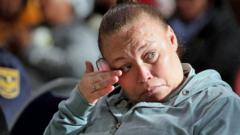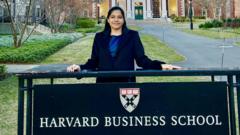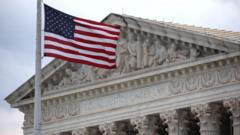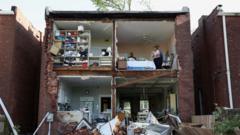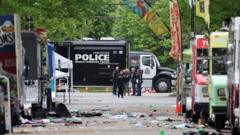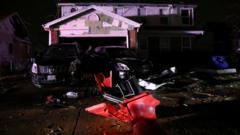Thomasina Clarke has observed the decline of her once-thriving St. Louis neighborhood, marked by school closures that have left lasting scars in the community. Now, as discussions arise to close a historic high school that counts alumni like Tina Turner and Chuck Berry among its former students, she feels the weight of loss. It’s like a hole in the community, Clarke expressed, fearing the impact on her historically Black community.
The St. Louis Public Schools district is among many across the U.S. facing tough decisions on whether to keep urban schools operating amidst dwindling budgets, decreasing birth rates, and the rising trend of school choice. A report commissioned by the district revealed it operates with over twice as many schools as necessary.
Such decisions are not taken lightly, as operating half-full schools puts a strain on financial resources. However, research indicates that student performance tends to decline following school closures.
Schools in cities like Philadelphia, Boston, Houston, and Norfolk are also weighing closures, while public backlash in Seattle and San Francisco has momentarily halted similar plans. From 2019 to 2023, enrollment declined by 20% or more at approximately 5,100 public schools, classifications that often include those in high-poverty areas.
Institutions like the National Center for Education Statistics project a 5.5% drop in public school enrollments between 2022 and 2031, which contributes to the continuing exodus of families from urban centers.
Federal funds granted during the COVID-19 pandemic temporarily provided relief, allowing many schools to remain open despite lesser enrollments. With policy experts indicating a persistent decline in public school attendance, state and local policymakers are urged to adapt to this new reality.
The repercussions of school closures can be profound. In Chicago's 2013 closures, students showed increased behavioral problems and fluctuated performance in academic assessments. Current trends and pressures in St. Louis echo this historical narrative, as community members grapple with the realities of an exodus and the resulting school failures.
Clarke reflects on how the St. Louis Public Schools' student count has dwindled from 115,543 in 1967 to a mere 18,122 in recent years, an exodus that reflects broader demographic patterns. Tornado-related damages threaten to exacerbate these challenges.
Since the onset of declining populations, previous efforts to save schools—such as enhancing the arts at Sumner High School—resulted in brief enrollment boosts. As the district continues to navigate potential closures, advocates highlight the emotional toll on affected neighborhoods.
In the eyes of local educators and parents, schools represent more than education; they symbolize hope and stability in communities that have faced significant adversity. Community leaders stress the importance of posing a united front against further closures to preserve the longstanding legacy of schools like Sumner.








